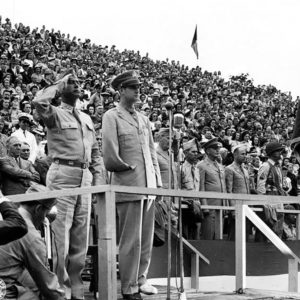 Medal of Honor Presentation
Medal of Honor Presentation
Race and Ethnicity: White - Starting with M
 Medal of Honor Presentation
Medal of Honor Presentation
Medearis, Mary Myrtle
 Paul Medlock
Paul Medlock
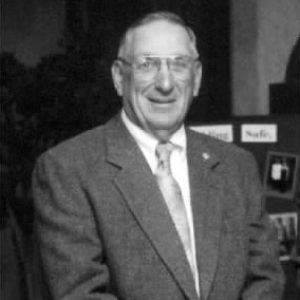 Donald Meek
Donald Meek
Meek, John Alexander
Mehaffy, James William
Mehaffy, Thomas Miller (Tom)
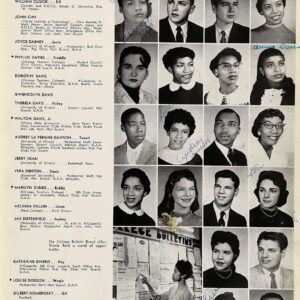 Melinda Dillon Yearbook
Melinda Dillon Yearbook
Melody Boys Quartet
 Russ Melton
Russ Melton
Memphis Tennessee to Marion, Expedition from
Menifee, Nimrod P.
Mercer, William (Lynching of)
 J. N. Heiskell and Merci Train Car
J. N. Heiskell and Merci Train Car
 Merci Train Gifts
Merci Train Gifts
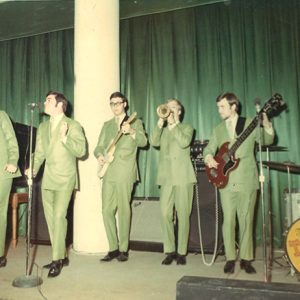 Merging Traffic
Merging Traffic
 Jack Meriwether
Jack Meriwether
Meriwether, John Thompson (Jack)
Merrell, Henry
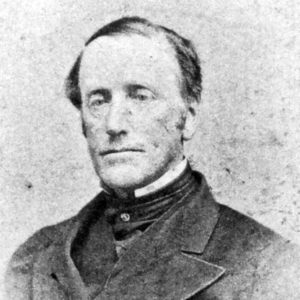 Henry Merrell
Henry Merrell
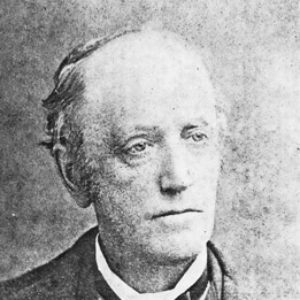 Henry Merrell
Henry Merrell
Merrill, Joseph
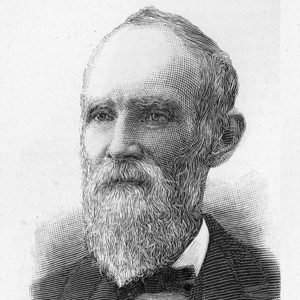 Joseph Merrill
Joseph Merrill
Merryman, James Harold
 James Merryman
James Merryman
 Harry M. Meyer
Harry M. Meyer
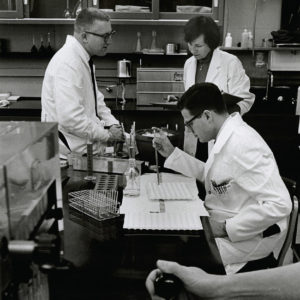 Harry M. Meyer
Harry M. Meyer
 Rhena Meyer with Autoharp
Rhena Meyer with Autoharp
Meyer, Rhena Salome Miller
aka: Goat Woman of Smackover
Meyer, Ronald Edward (Ron)
 Rev. J. W. Michaels
Rev. J. W. Michaels
Mickel, Lillian Estes Eichenberger
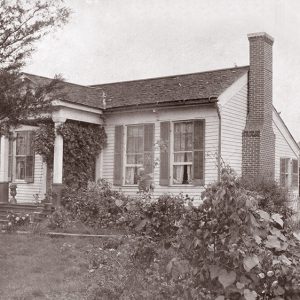 Midland Holm
Midland Holm
 Midwife's Equipment Bag
Midwife's Equipment Bag
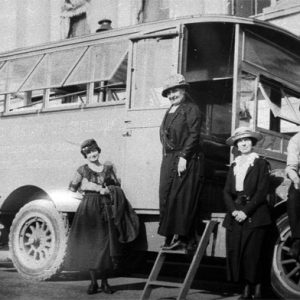 Midwives' Van
Midwives' Van
 Mike Malham
Mike Malham
Mike Meyer Disfarmer Gravesite
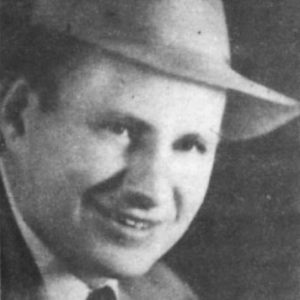 Elmer Mikel
Elmer Mikel
 Elmer Mikel
Elmer Mikel
Mikel, Elmer Wayne
Milam, Carl Max
 Max Milam
Max Milam
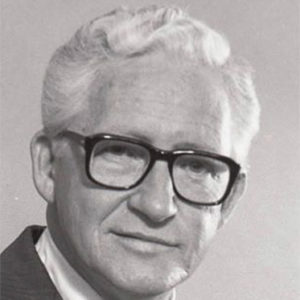 Max Milam
Max Milam
 Ann Miles
Ann Miles
Miles, Ann
Military Board (Civil War)
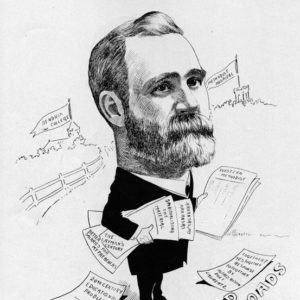 Alexander Millar
Alexander Millar
Millar, Alexander Copeland
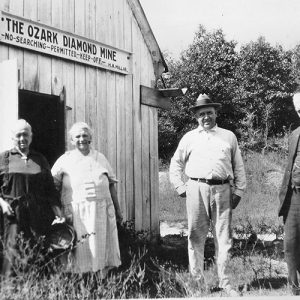 Millars at the Ozark Diamond Mine
Millars at the Ozark Diamond Mine
 Miller Creek Bridge
Miller Creek Bridge




